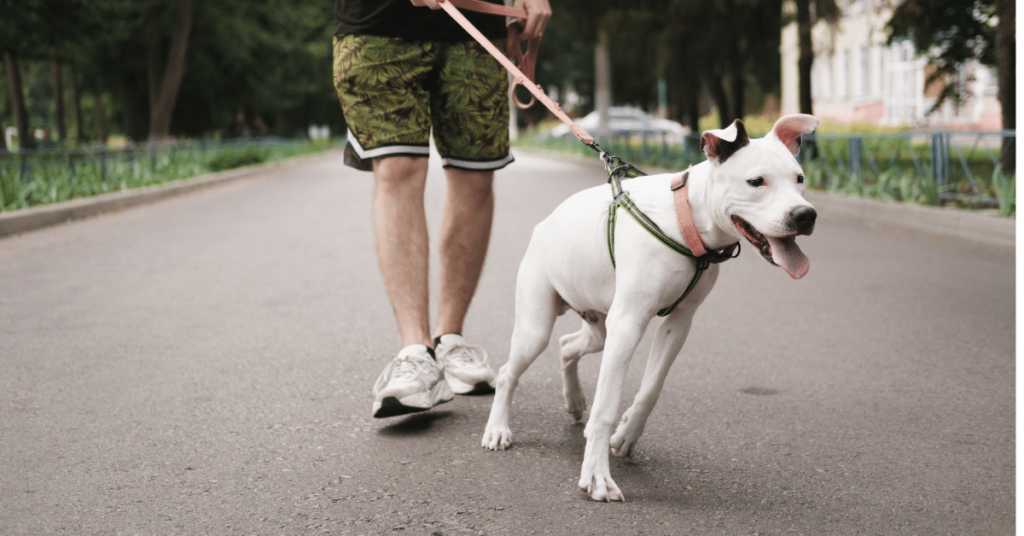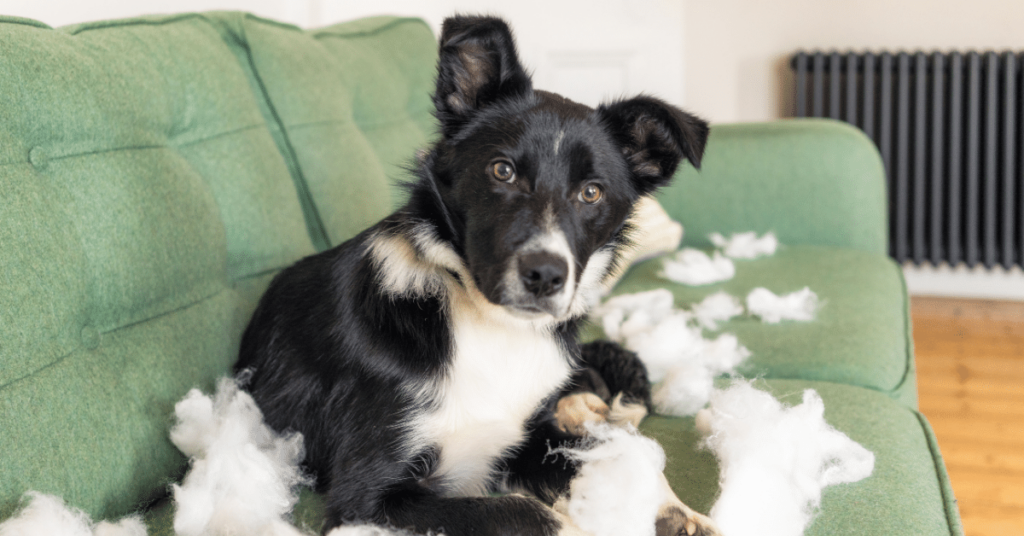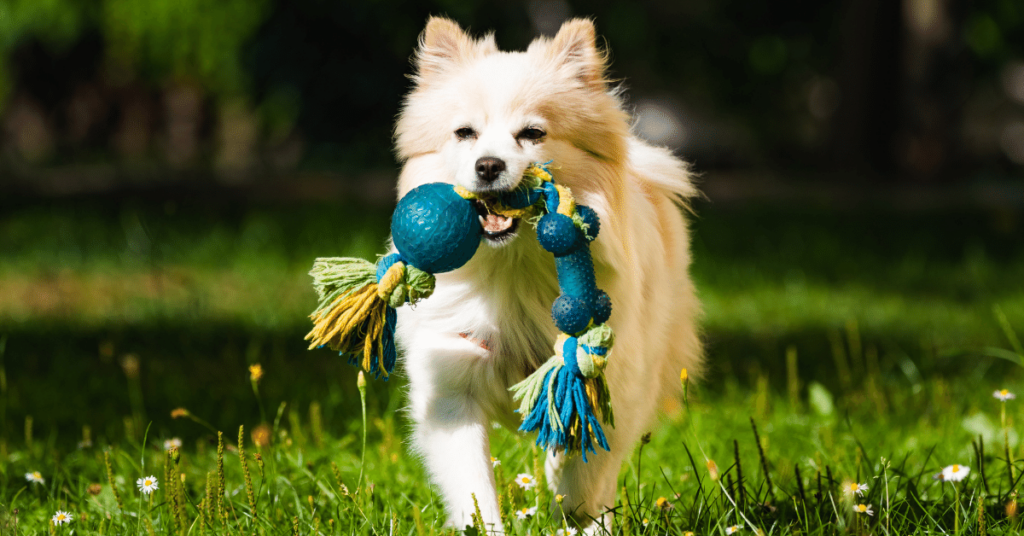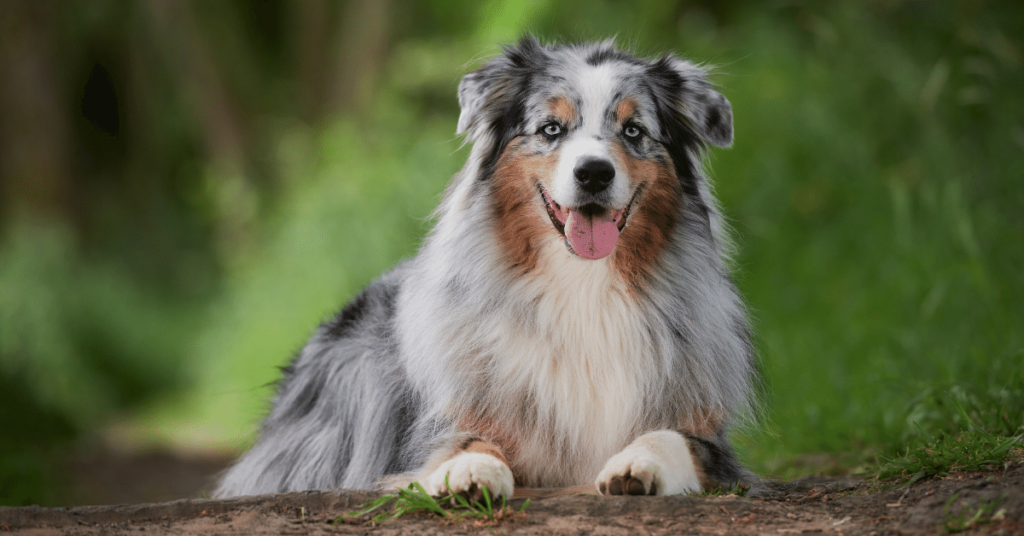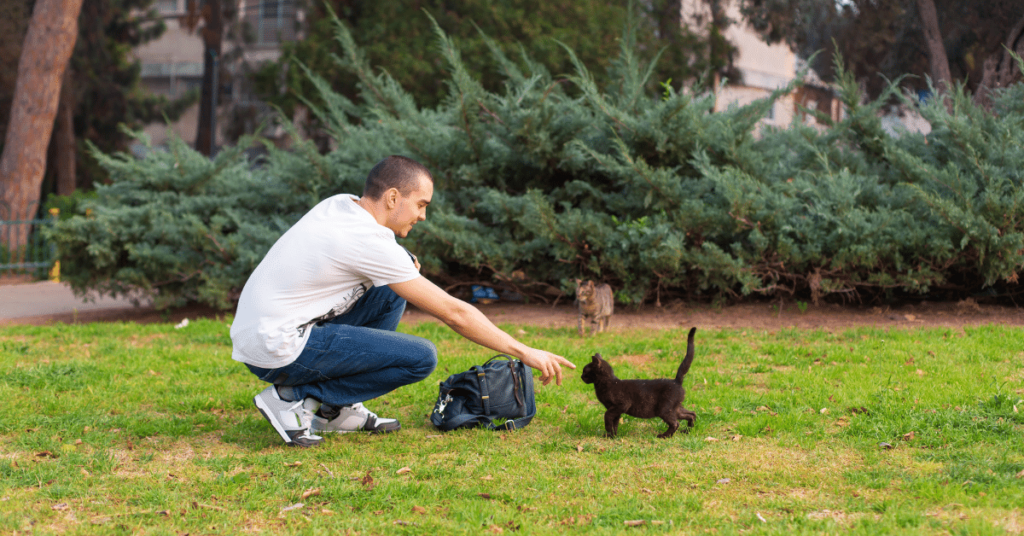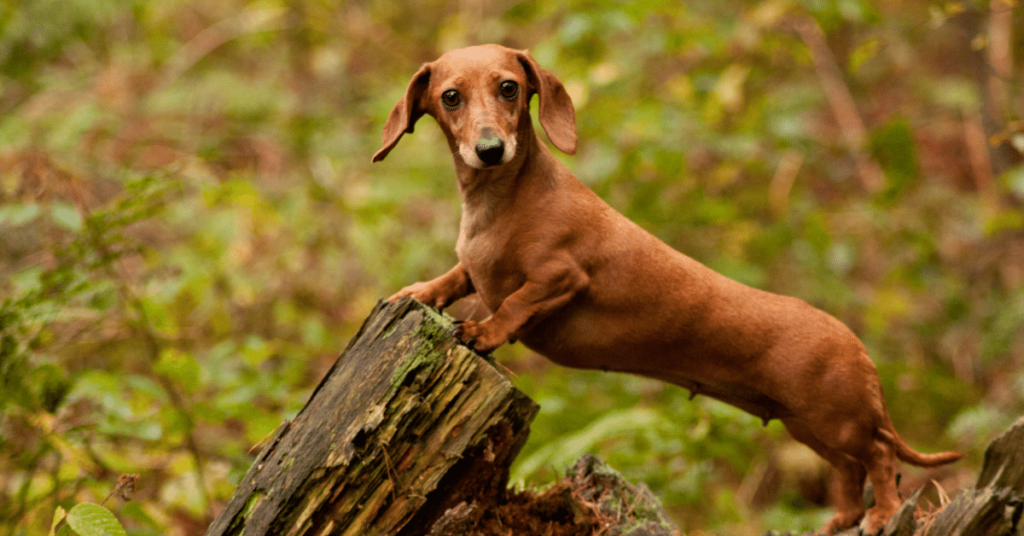Understanding Leash Reactivity
Leash reactivity in dogs can be a common behavioral issue that many pet owners face. It typically manifests as aggressive or fearful behavior towards other dogs, animals, or even people while on a leash. This reaction is often rooted in fear, frustration, or a need to protect their owners.
Causes of Leash Reactivity
Several factors can contribute to leash reactivity in dogs. Understanding these causes can help you address and manage your dog’s reactive behavior better. Some common causes include:
Lack of Socialization
Insufficient socialization during a dog’s early life can lead to fear and anxiety when encountering unfamiliar situations or individuals. Dogs that have not been exposed to different environments or other animals often struggle with leash reactivity.
Negative Experiences
Past negative experiences, such as an attack or an altercation with another dog while on a leash, can leave a lasting impact on your dog’s behavior. These experiences can trigger fear and aggression, making your dog reactive on walks.
Frustration
Dogs that are frequently restrained on a leash without a chance to release their pent-up energy and socialize can become frustrated. This frustration can manifest as leash reactivity.
Training Tips for Leash Reactive Dogs
While managing leash reactivity requires patience and consistency, the following training tips can help improve your dog’s behavior and make walks more enjoyable:
Positive Reinforcement
Positive reinforcement is a highly effective training technique for leash reactive dogs. Rewarding your dog for calm and non-reactive behavior helps them associate walks with positive experiences. Use treats, praise, and affection to reinforce desired behavior.
Focus on Desensitization
Desensitization involves gradually exposing your dog to triggers, such as other dogs or busy environments, at a distance where they are still comfortable. Over time, reduce the distance and reward your dog for remaining calm. This process helps your dog build new positive associations and reduces reactivity.
Counterconditioning
Counterconditioning involves changing your dog’s emotional response to triggers. For example, if your dog becomes reactive when they see another dog, start by creating a positive association. Whenever your dog spots another dog, offer treats or play a game to redirect their focus and create a positive experience.
Use Distraction Techniques
Carry treats or toys on your walks to redirect your dog’s attention when they start to display reactive behavior. By redirecting their focus onto something positive, you can help prevent a negative reaction and keep them engaged in a more desirable activity.
Seek Professional Help
If your dog’s leash reactivity persists or worsens despite your efforts, consider consulting a professional dog trainer or behaviorist. They can provide specialized guidance tailored to your dog’s specific needs and help address underlying issues.
Safety Measures
While training your leash reactive dog, it’s crucial to prioritize safety for yourself, your dog, and others. Implement the following safety measures to ensure everyone’s well-being:
Choose Appropriate Equipment
Select a sturdy leash and harness that provides control without causing discomfort to your dog. Avoid using retractable leashes, as they can increase the likelihood of accidents or unexpected reactions.
Maintain Distance
When you encounter triggers during walks, maintain a safe distance to prevent excessive stimulation. Gradually decrease the distance as your dog becomes more comfortable and responsive to training.
Be Aware of Body Language
Learn to read your dog’s body language to anticipate reactive behavior. Signs such as raised hackles, stiffness, growling, or barking indicate discomfort or anxiety. By recognizing these signs early, you can redirect their attention and prevent an aggressive response.
Summary
Successfully managing leash reactivity in dogs requires patience, consistency, and a proactive approach. By understanding the causes, implementing effective training techniques, and prioritizing safety, you can help your dog overcome their reactive behavior and enjoy walks together. Remember to consult a professional if needed, and always reward positive behavior with love and treats.

